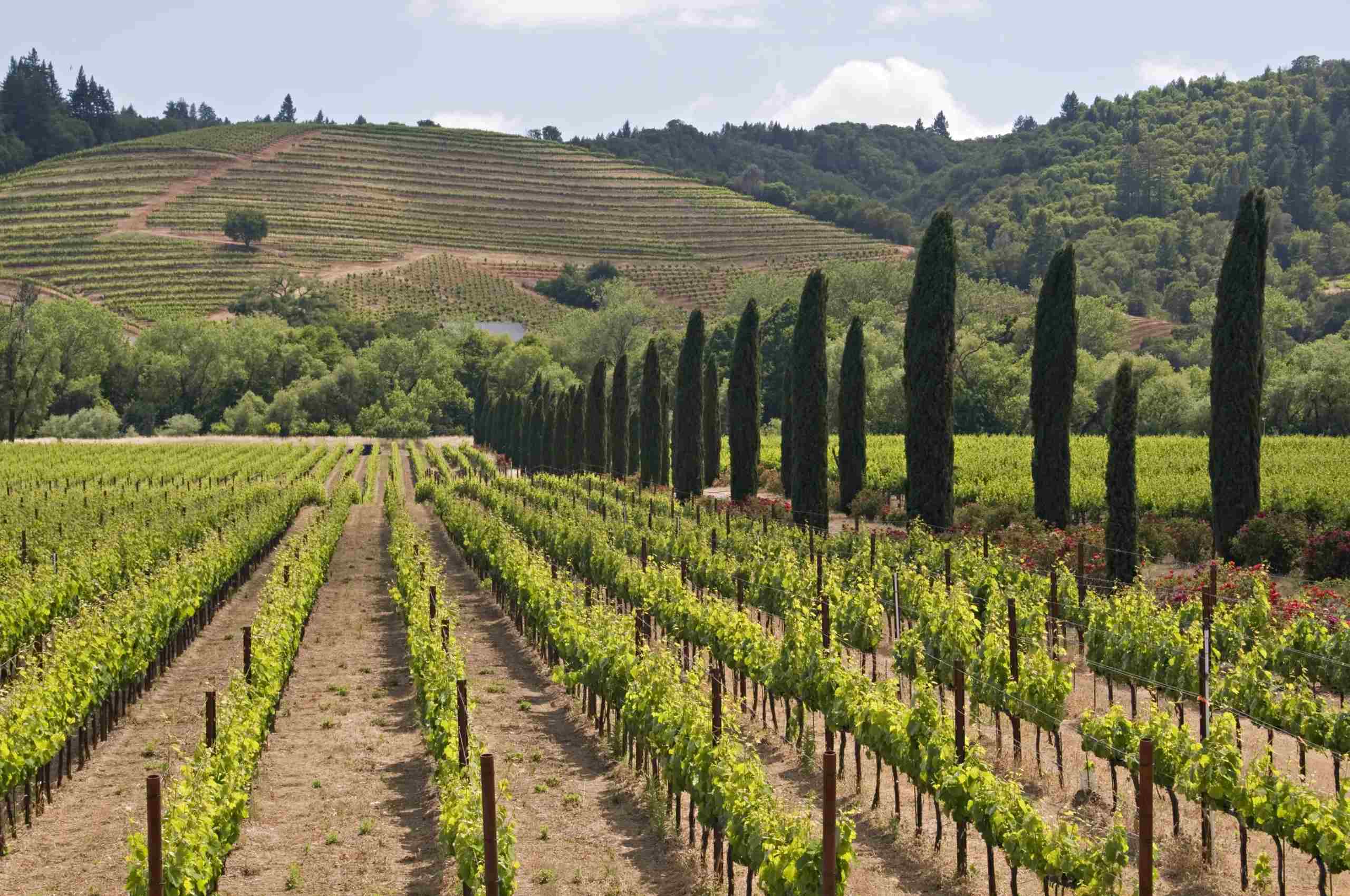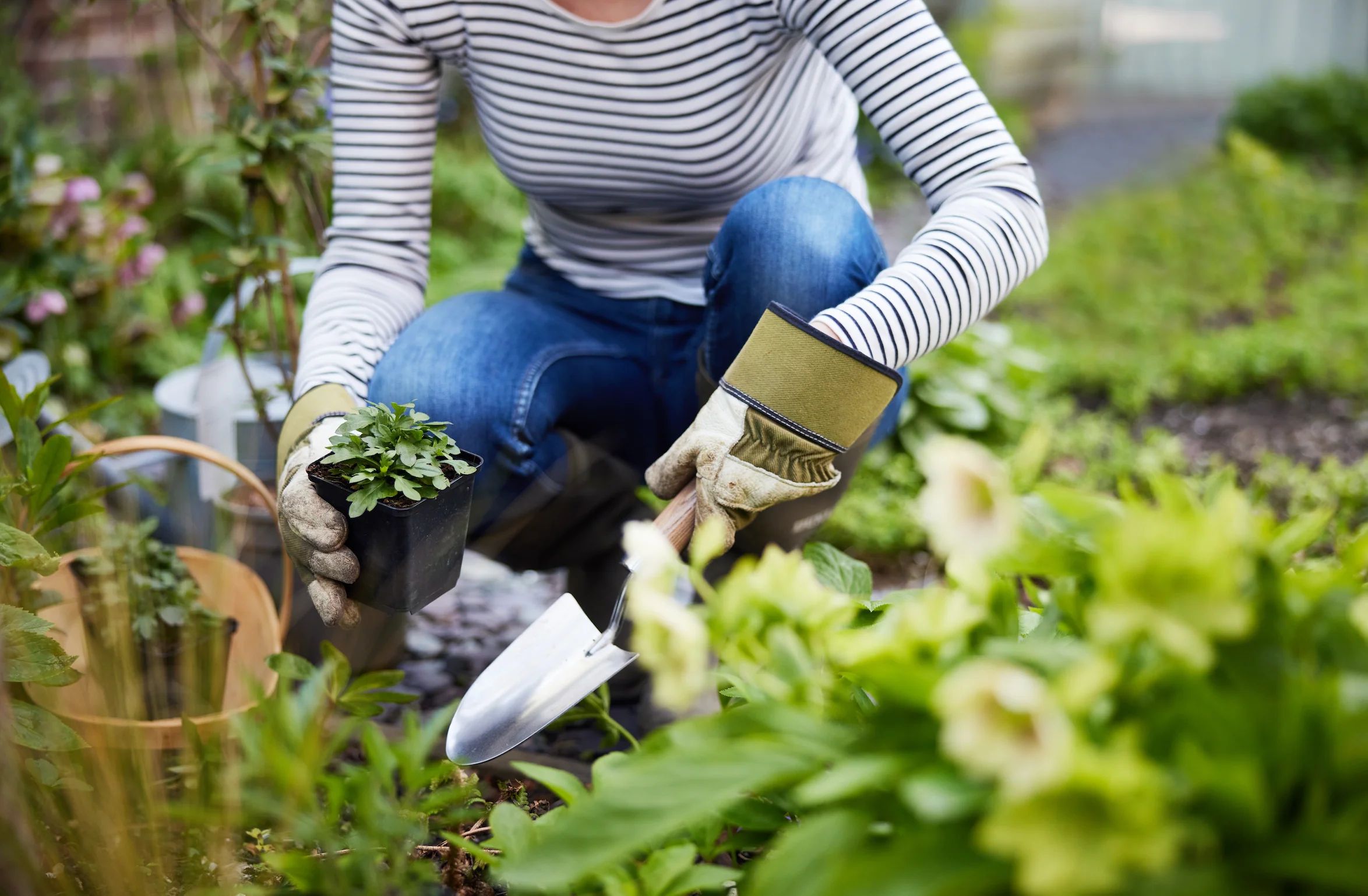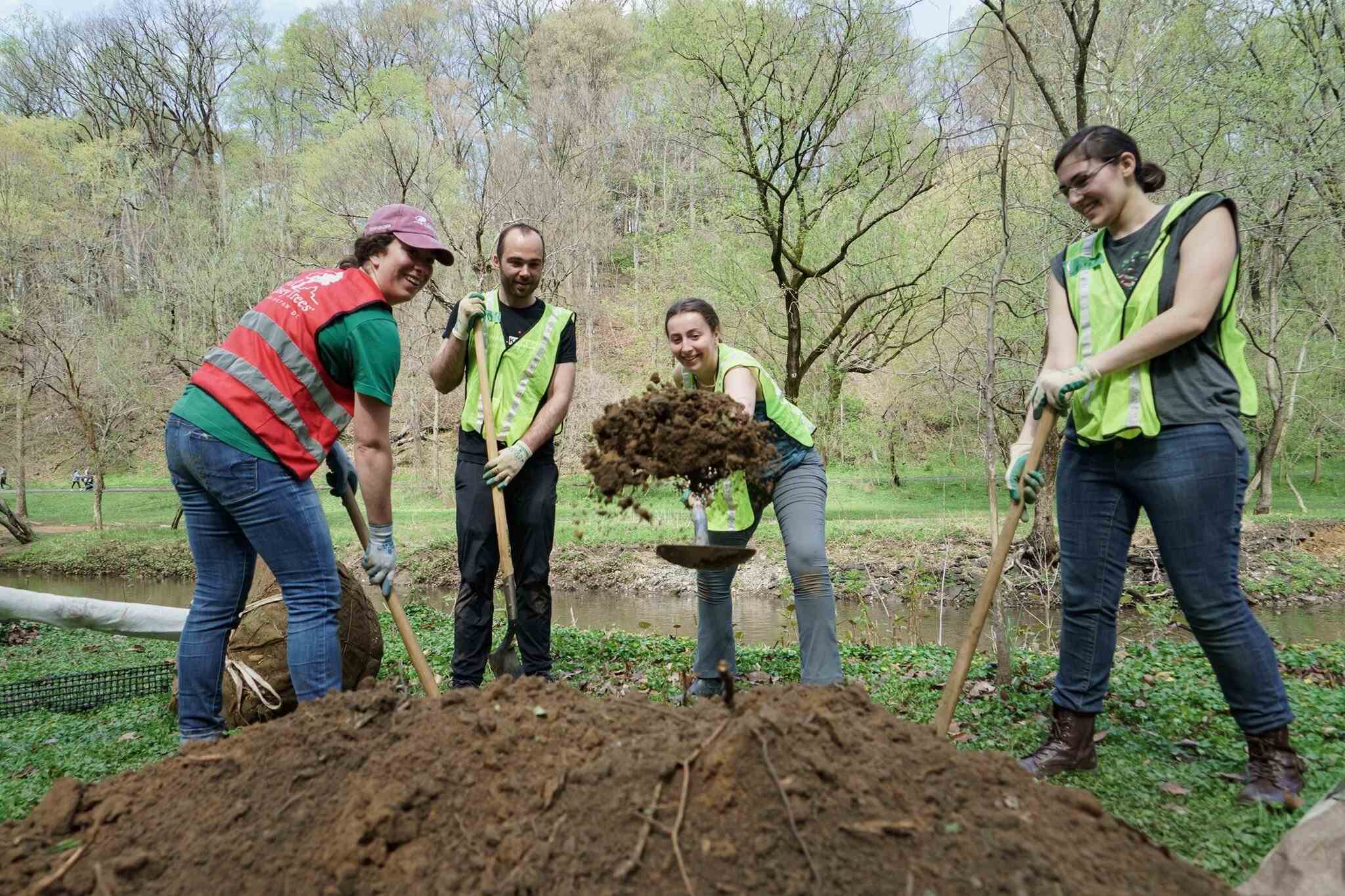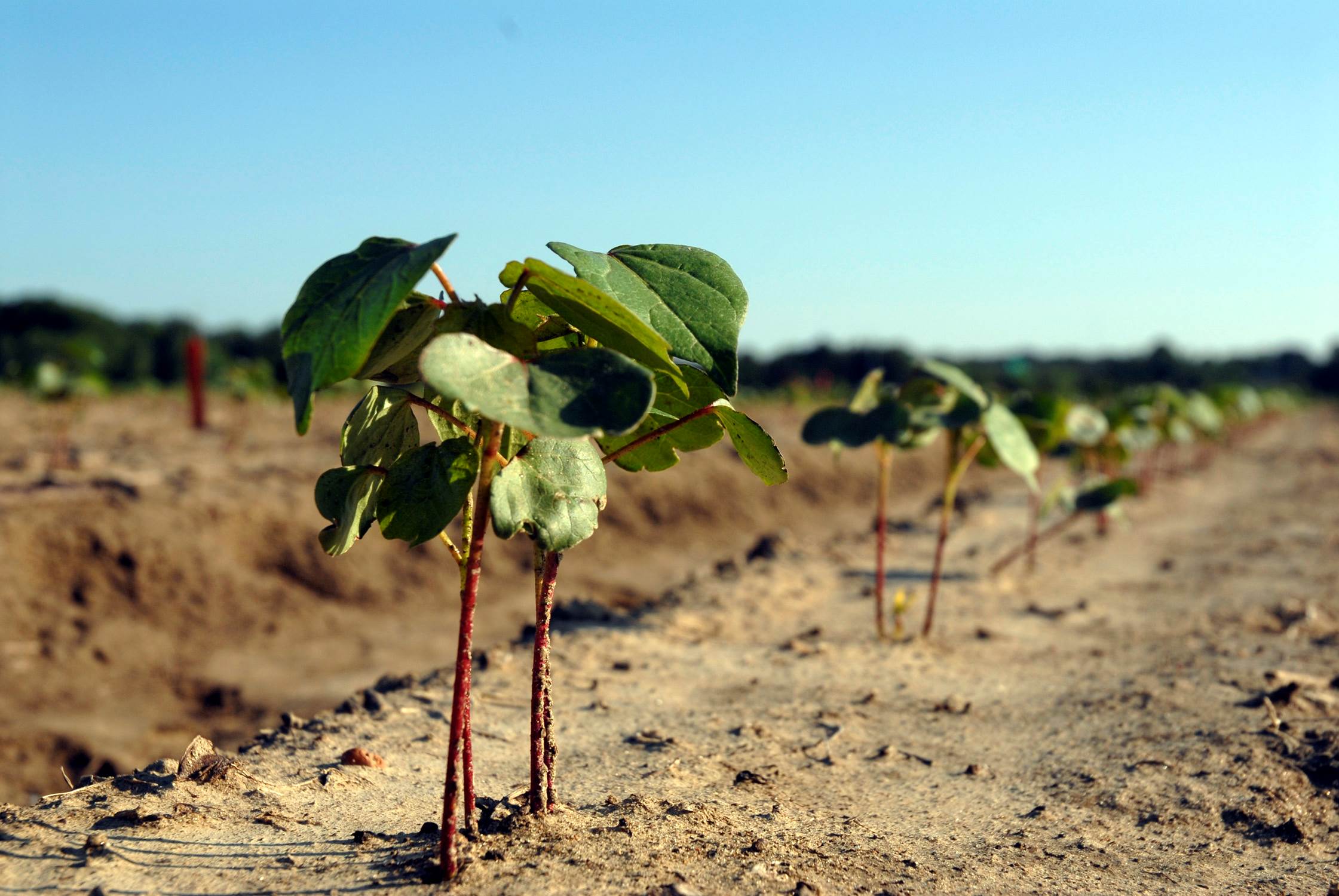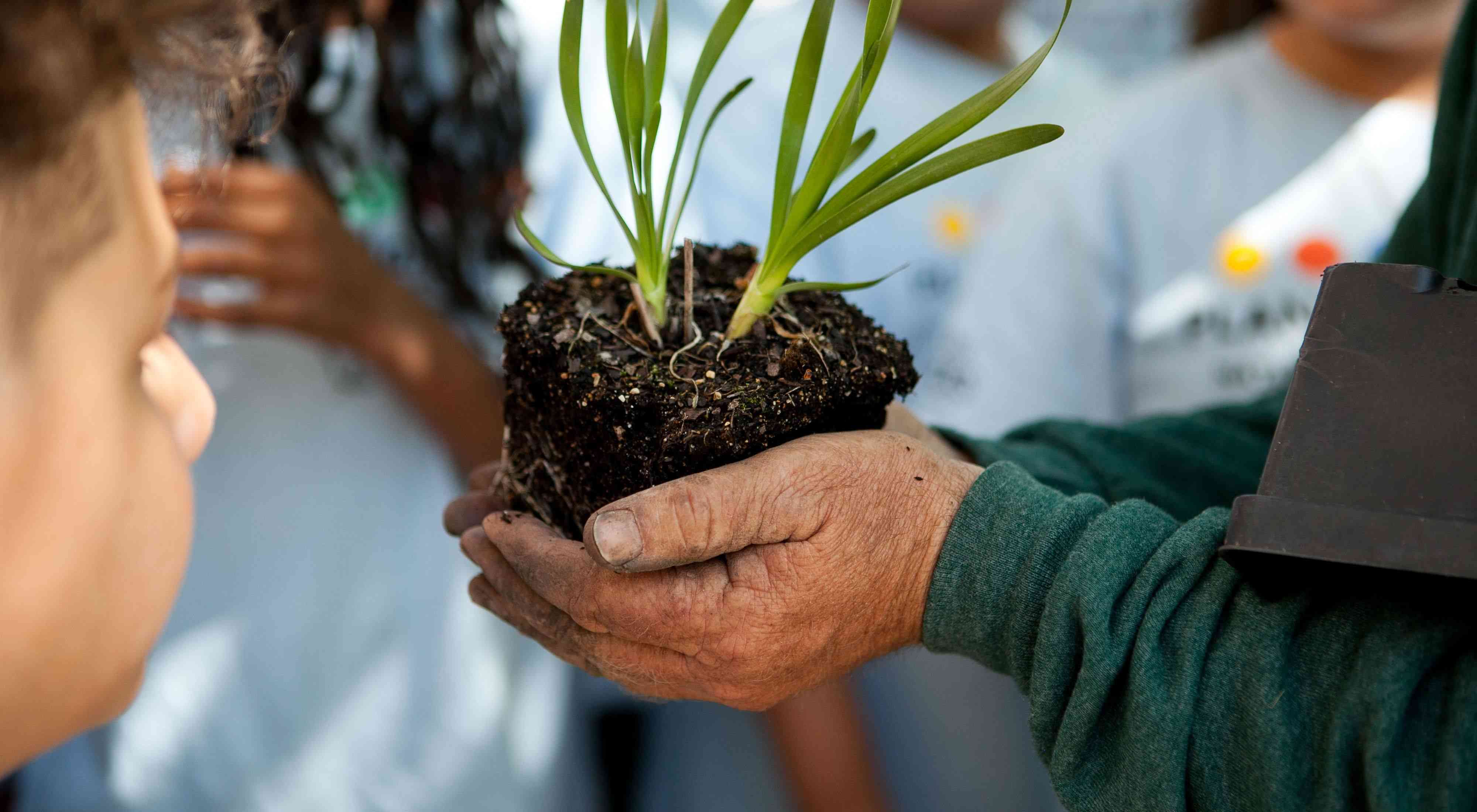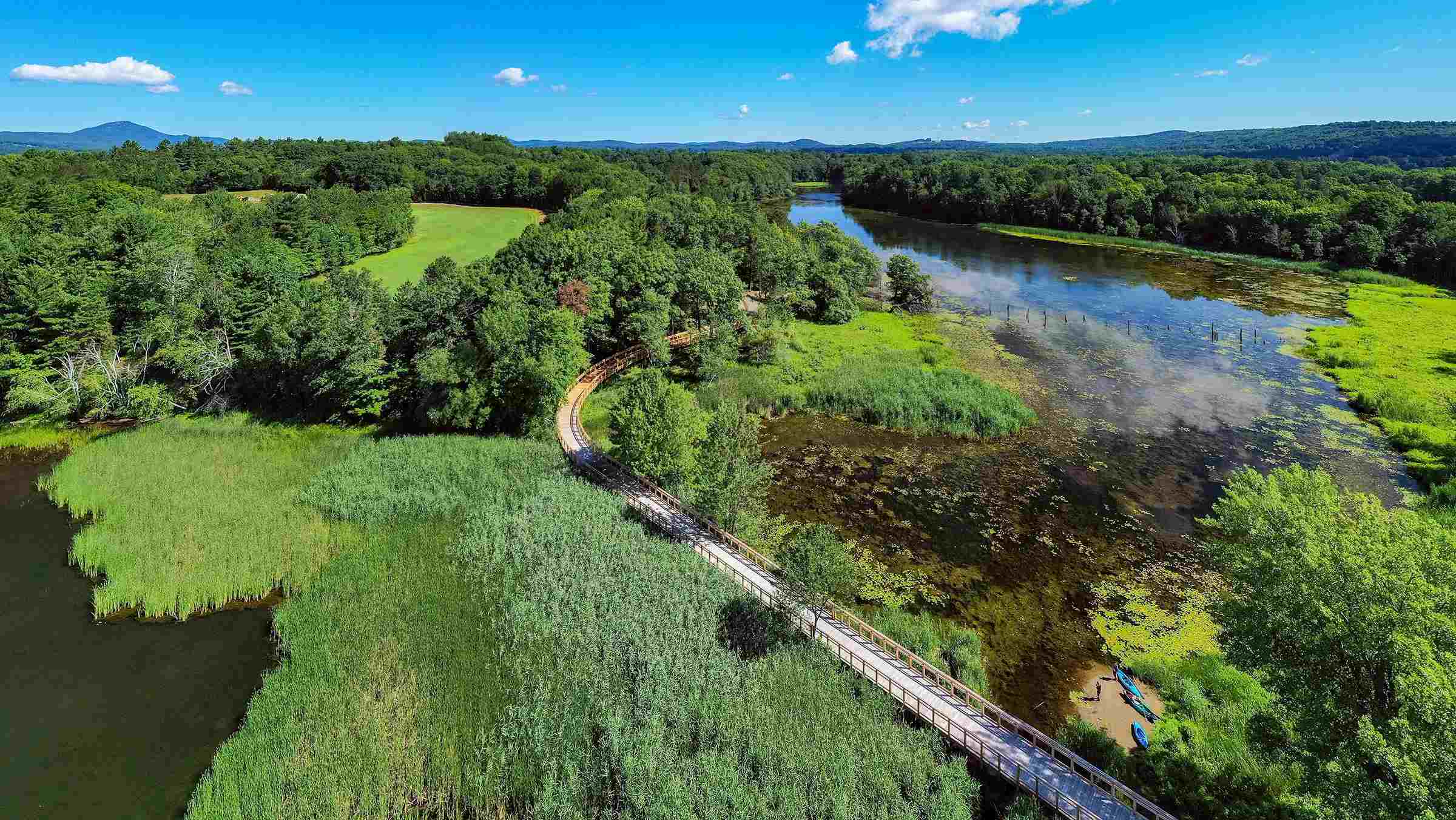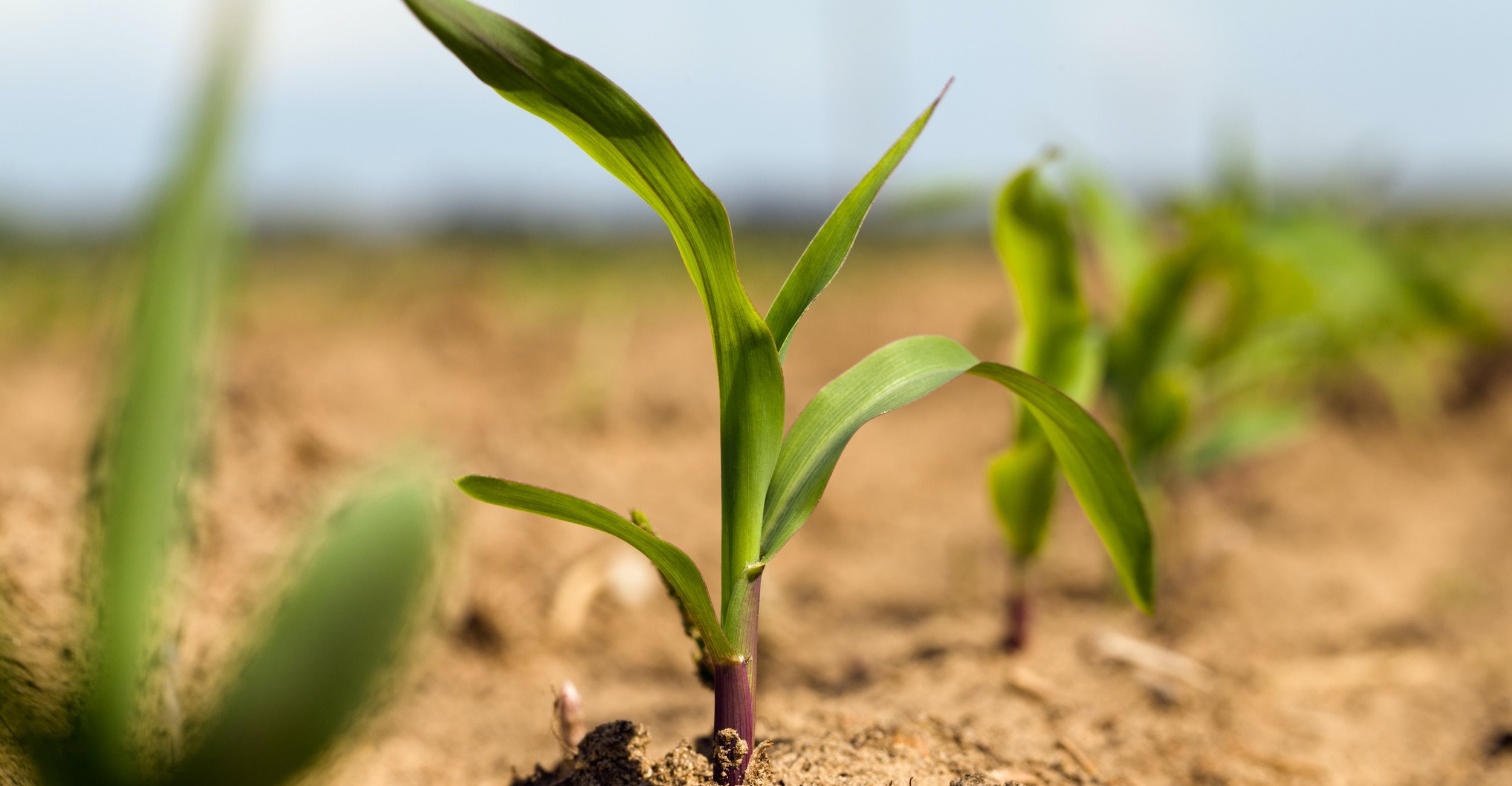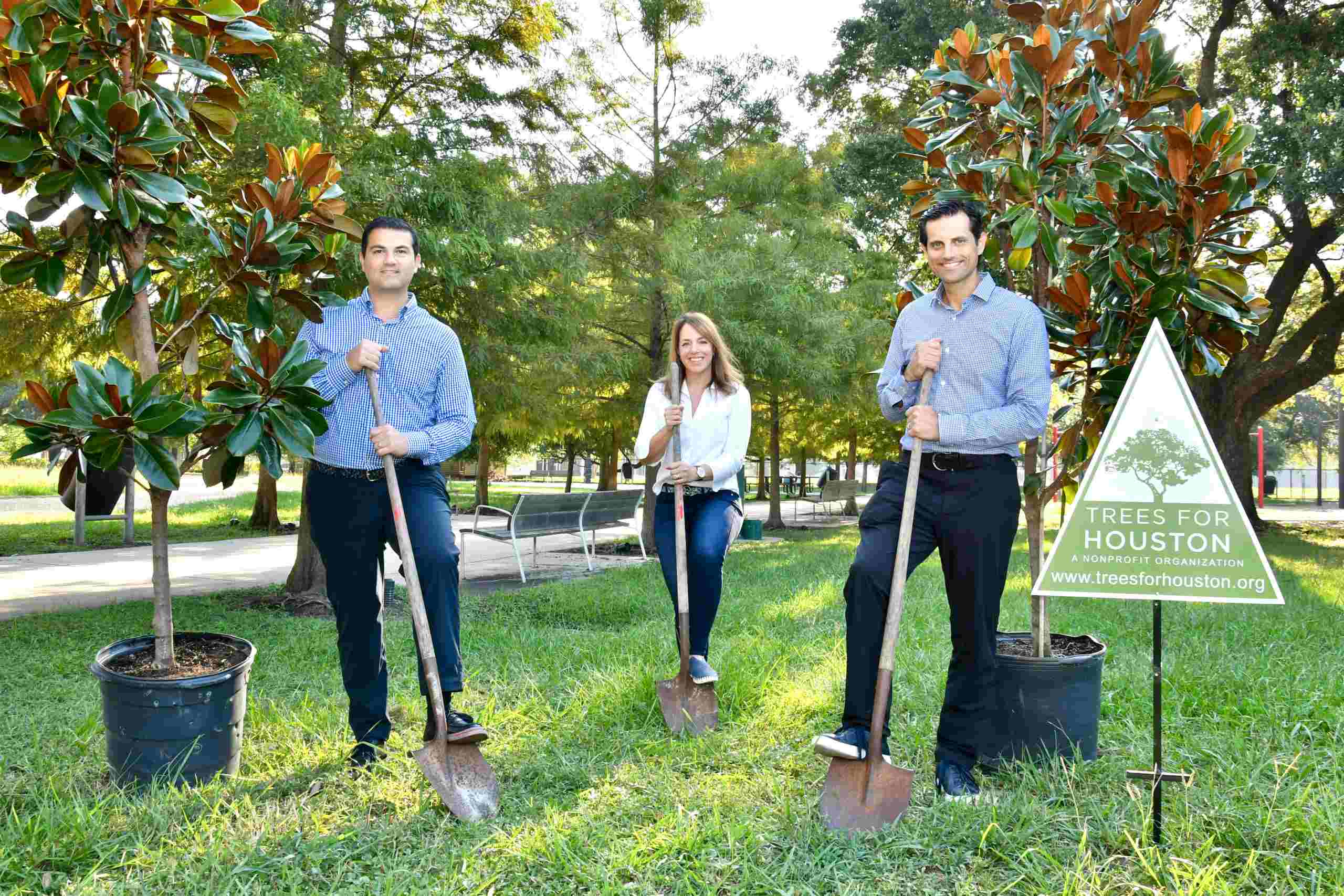Home>Gardening Basics>Understanding Soil>What Planting Zone Is Phoenix, AZ
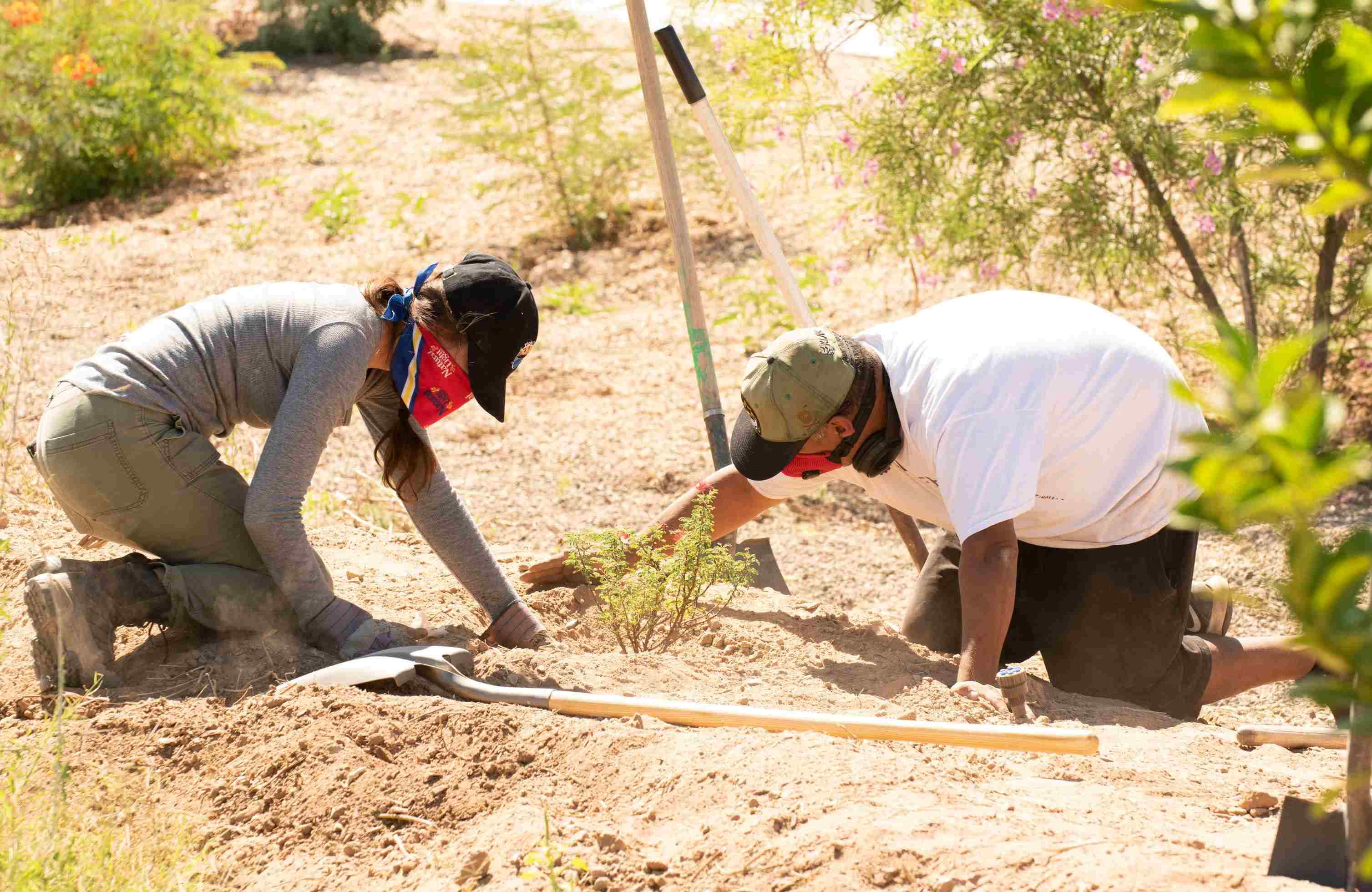

Understanding Soil
What Planting Zone Is Phoenix, AZ
Modified: January 22, 2024
Understanding soil in Phoenix, AZ: Discover the ideal planting zone for your garden and learn how to optimize soil conditions for successful gardening in the desert climate.
(Many of the links in this article redirect to a specific reviewed product. Your purchase of these products through affiliate links helps to generate commission for Chicagolandgardening.com, at no extra cost. Learn more)
Table of Contents
Introduction
Welcome to the sunny city of Phoenix, Arizona! Known for its warm climate and abundant sunshine, Phoenix attracts many homeowners and gardening enthusiasts who want to bring the beauty of nature into their yards. However, before embarking on any gardening or landscaping projects, it’s essential to understand the concept of planting zones.
Planting zones are geographical areas that determine the types of plants that are likely to thrive in a particular location. These zones are based on the average minimum winter temperatures and serve as a guide for gardeners to select suitable plants for their region.
By understanding the planting zone of your area, you can make informed decisions on which plants to grow, ensuring optimal growth and survival. In the case of Phoenix, AZ, exploring its unique planting zone will help you discover the wide range of plant choices that can thrive in this desert region.
Before diving into the specifics of Phoenix’s planting zone, it’s important to consider the factors that affect these zones. Understanding these factors will give you a clearer picture of why certain plants excel in certain areas while struggling in others.
Understanding Planting Zones
Planting zones, also known as hardiness zones, are a classification system used by gardeners and horticulturists to determine which plants are suitable for specific regions. The zones are based on the average annual extreme minimum temperatures, dividing the world into different climate zones.
The United States, for example, is divided into 13 hardiness zones, ranging from Zone 1 (the coldest) to Zone 13 (the warmest). Each zone is further divided into subzones, allowing for more precise regional classification.
Knowing the planting zone of a particular area is crucial for successful gardening. It helps gardeners select plants that can withstand the local climate’s temperature extremes, ensuring the plants’ survival and healthy growth.
Planting zones are determined by factors such as altitude, latitude, proximity to bodies of water, and various microclimates within a region. For instance, areas near large bodies of water tend to be milder and have higher minimum temperatures compared to inland areas at the same latitude.
It’s important to note that while planting zones provide valuable guidance, they are not the sole determining factor for plant growth and survival. Other factors such as soil type, sun exposure, and moisture levels also play significant roles in a plant’s overall health.
Understanding the planting zone of your area allows you to choose plants that are more likely to thrive and be well-adapted to your region’s climate. It also helps you make informed decisions when it comes to plant selection, ensuring that you create a beautiful and sustainable garden that flourishes year after year.
Factors Affecting Planting Zones
Planting zones are not solely determined by average minimum winter temperatures. There are several factors that can influence the specific planting zone classification of an area. Understanding these factors will give you a better understanding of why certain plants thrive in one zone but struggle in another.
1. Altitude: Higher elevation areas tend to have colder temperatures than low-lying areas. This means that even within the same latitude, plants at higher altitudes may experience harsher winter conditions, resulting in a different planting zone classification.
2. Latitude: Latitude plays a significant role in determining the overall climate of a region. Generally, as you move closer to the poles, average temperatures decrease, which affects the planting zone classification. Areas closer to the equator, on the other hand, have warmer temperatures and different planting zone classifications.
3. Proximity to Water: Bodies of water, such as oceans, lakes, or rivers, have a moderating effect on temperature. Areas close to water sources tend to have milder climates and higher minimum temperatures, resulting in a different planting zone classification compared to inland areas.
4. Microclimates: Microclimates refer to smaller-scale climate variations within a region. Factors such as hills, valleys, and urban areas can create microclimates with different temperature patterns. These variations can lead to variations in planting zone classifications within a relatively small geographic area.
5. Wind Patterns: Wind can have a significant impact on temperature, especially during winter. Areas that experience strong, cold winds may have lower minimum temperatures, affecting their planting zone classification.
It’s essential to consider these factors when choosing plants for your garden. While the USDA Hardiness Zone Map provides a good starting point, it’s also crucial to observe local conditions, such as microclimates, before making plant selections. By doing so, you can ensure that your plants have the best chance of thriving in your specific location.
Climate of Phoenix, AZ
Phoenix, Arizona, is renowned for its hot and arid desert climate. The city experiences long, blisteringly hot summers and mild winters, making it a unique environment for gardening and plant selection. Understanding the climate of Phoenix is crucial for determining the suitable plants for the area.
Summers in Phoenix are scorching, with average high temperatures exceeding 100°F (38°C) and occasionally reaching as high as 115°F (46°C). It’s important to consider heat-tolerant plants that can withstand these extreme temperatures and prolonged periods of intense sunlight.
Winters in Phoenix are mild compared to many other regions, with average highs ranging from the low 60s°F (15°C) to the low 70s°F (20°C) and average lows in the 40s°F (4-9°C) range. While frost is rare, occasional cold snaps can bring temperatures near or slightly below freezing. This can affect plant selection, as some plants may be sensitive to these brief periods of cold.
Precipitation in Phoenix is minimal, particularly during the summer months. The city receives most of its rainfall during the winter, with December being the wettest month. The average annual rainfall is around 8 inches (20 cm). Due to the low precipitation levels and the aridity of the region, water conservation techniques and drought-tolerant plants are highly encouraged.
Phoenix also experiences strong and occasionally dusty winds known as haboobs, which are formed by intense thunderstorms. These winds can lead to challenging gardening conditions, such as soil erosion and damage to delicate plants. It’s important to consider wind resistance and choose plants that can withstand these occasional gusty conditions.
The unique climate of Phoenix presents both challenges and opportunities for gardening. With the right plant selection and appropriate care, it is possible to create a stunning desert landscape that thrives in this arid environment.
Planting Zone of Phoenix, AZ
Given its unique desert climate, Phoenix, AZ falls within the planting zone known as USDA Hardiness Zone 9b. This zone is characterized by its warm winters and hot summers, with average minimum temperatures ranging from 25°F (-4°C) to 30°F (-1°C).
Being in Zone 9b means that Phoenix offers a wide range of plant choices that can thrive in its warm climate. However, it’s important to select plants that are well-suited to the arid conditions and able to tolerate the intense heat and occasional cold snaps.
Some popular plant choices for Zone 9b in Phoenix include:
- Cacti and Succulents: These highly adapted plants are excellent choices for desert landscapes. With their ability to store water, they can withstand the intense heat and low moisture levels.
- Desert Trees: Trees such as Palo Verde, Ironwood, and Mesquite are well-adapted to the desert environment and can provide shade and visual interest to your yard.
- Native Shrubs: Planting native shrubs like Desert Marigold, Fairy Duster, and Desert Sage can add color and texture to your landscape while being adapted to the local conditions.
- Herbs and Vegetables: With careful attention to watering and sun exposure, you can grow a variety of herbs and vegetables. Popular choices include basil, thyme, tomatoes, and peppers.
- Drought-Tolerant Flowers: Flowers such as Desert Marigolds, Desert Mariposa Lilies, and Blackfoot Daisies are not only beautiful but also highly adapted to the arid conditions of Zone 9b.
It’s important to note that even within Zone 9b, microclimates can exist, resulting in variations in temperature and growing conditions. Pay attention to local conditions in your specific area to ensure the best results for your plants.
By selecting plants that are well-suited to Zone 9b and the unique climate of Phoenix, you can create a stunning and sustainable garden that thrives in the Arizona desert.
Suitable Plants for Planting Zone in Phoenix, AZ
Phoenix, AZ falls within USDA Hardiness Zone 9b, a unique planting zone characterized by its warm winters and hot summers. This zone presents an array of plant choices that are well-suited to the desert climate of Phoenix. Here are some suitable plants to consider:
- Cacti and Succulents: These plants are iconic to the desert landscape and thrive in the arid conditions of Phoenix. From the prickly pear cactus to the agave plant, there is a wide variety of cacti and succulents to choose from, each with its own unique shape and texture.
- Desert Trees: Trees such as Palo Verde, Mesquite, and Desert Ironwood are excellent choices for adding shade and visual interest to your yard. These trees have adapted to the arid climate and can withstand the intense heat of Phoenix.
- Native Shrubs: Incorporating native shrubs into your garden not only adds beauty but also helps support the local ecosystem. Desert Marigold, Fairy Duster, and Desert Sage are a few examples of native shrubs that are well-adapted to the arid conditions of Zone 9b.
- Drought-Tolerant Flowers: While Phoenix may be known for its dry climate, there are still many beautiful flowering plants that can thrive in this environment. Consider planting Desert Marigolds, Blackfoot Daisies, or Desert Mariposa Lilies to add vibrant colors to your landscape.
- Herbs and Vegetables: Despite the challenges of the desert climate, it is still possible to grow herbs and vegetables in Phoenix. Opt for heat-tolerant varieties such as basil, thyme, tomatoes, and peppers. Providing adequate shade and water during the hottest part of the day will help them thrive.
When selecting plants for your garden, it’s important to consider their water requirements and sun exposure needs. Choosing native and drought-tolerant plants that are well-adapted to the desert environment not only ensures their survival but also helps conserve water in this arid region.
Remember to provide proper care for your plants, including regular watering, mulching to retain moisture, and protecting them during extreme weather conditions. By selecting suitable plants and providing the necessary care, you can create a beautiful and resilient garden that thrives in the unique planting zone of Phoenix, AZ.
Conclusion
Understanding the planting zone of a particular area is essential for successful gardening. In the case of Phoenix, Arizona, being in USDA Hardiness Zone 9b means that gardeners have a wide range of plant choices that can thrive in the desert climate of the region.
By considering factors like altitude, latitude, proximity to water, and microclimates, gardeners can better understand their specific planting zone and make informed decisions when choosing plants for their yards. Additionally, the unique climate of Phoenix, characterized by hot summers, mild winters, minimal precipitation, and occasional strong winds, presents both challenges and opportunities for gardening.
When selecting plants for the planting zone of Phoenix, it’s important to choose heat-tolerant, drought-resistant, and native species that are well-suited to the arid environment. Cacti, succulents, desert trees, native shrubs, drought-tolerant flowers, and heat-tolerant herbs and vegetables are all suitable plant choices for Phoenix’s planting zone.
Proper care and maintenance, including providing adequate water, mulching, and protecting plants during extreme weather conditions, are crucial for ensuring the success and longevity of the garden. By selecting plants that are well-adapted to the unique climate of Phoenix and providing them with the necessary care, you can create a stunning and sustainable garden that thrives in this desert region.
So, whether you’re a homeowner looking to beautify your yard or a gardening enthusiast seeking to embrace the challenges of desert gardening, understanding the planting zone and selecting suitable plants are key to creating a vibrant and thriving garden in Phoenix, AZ.
